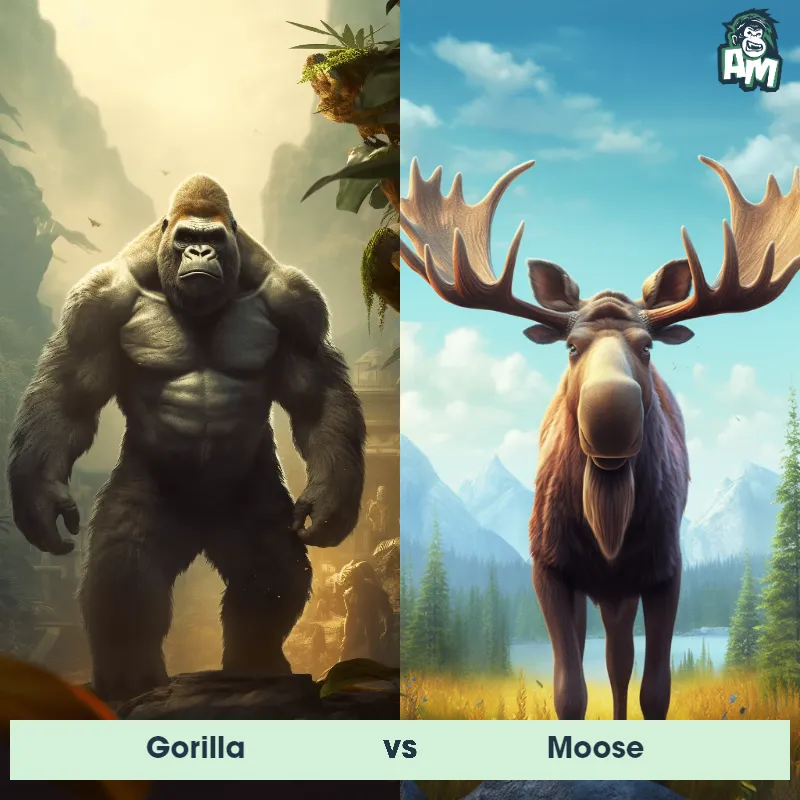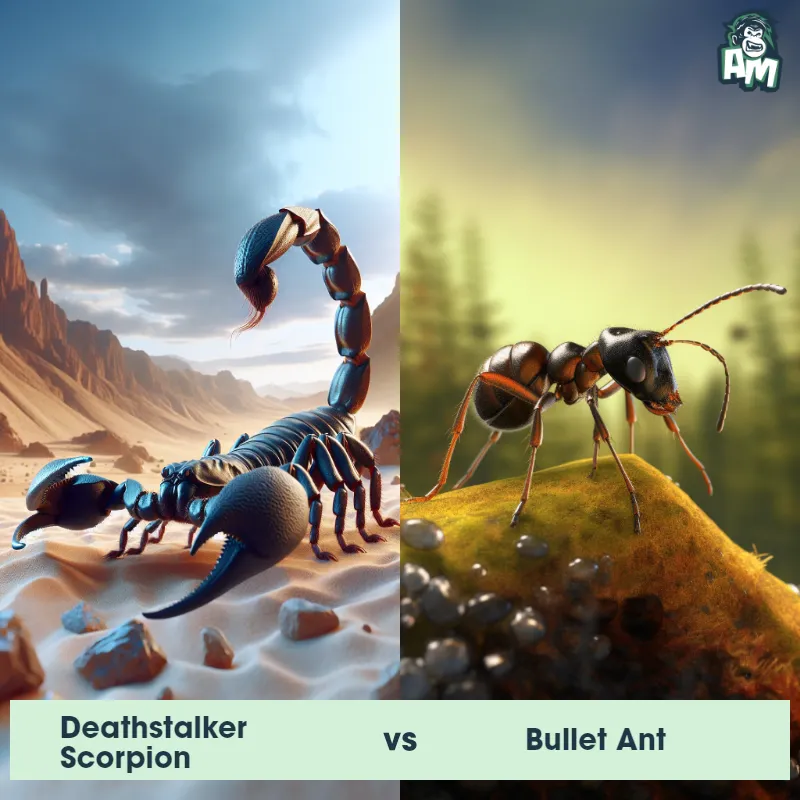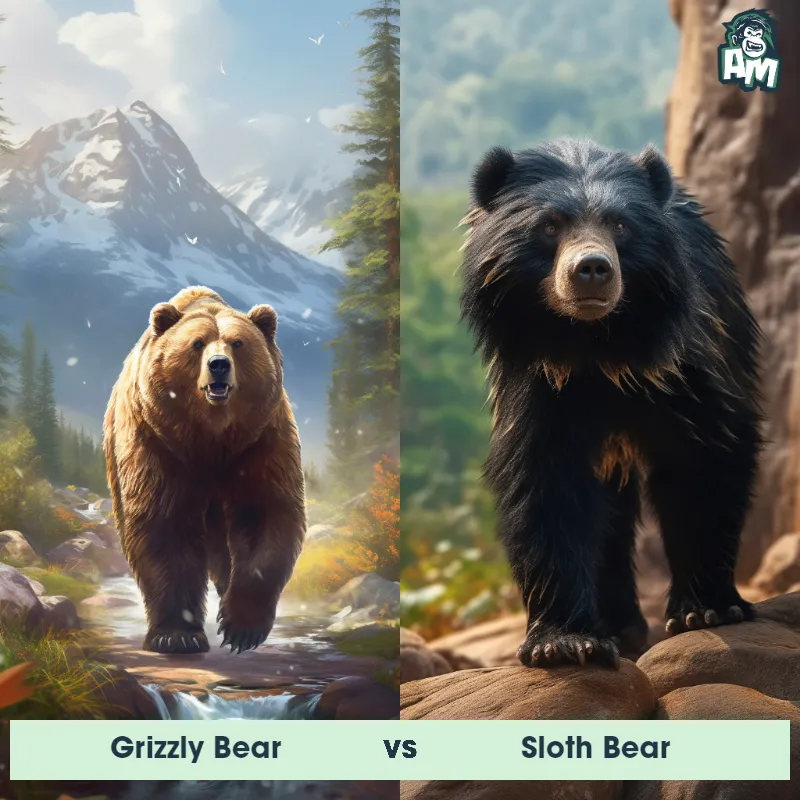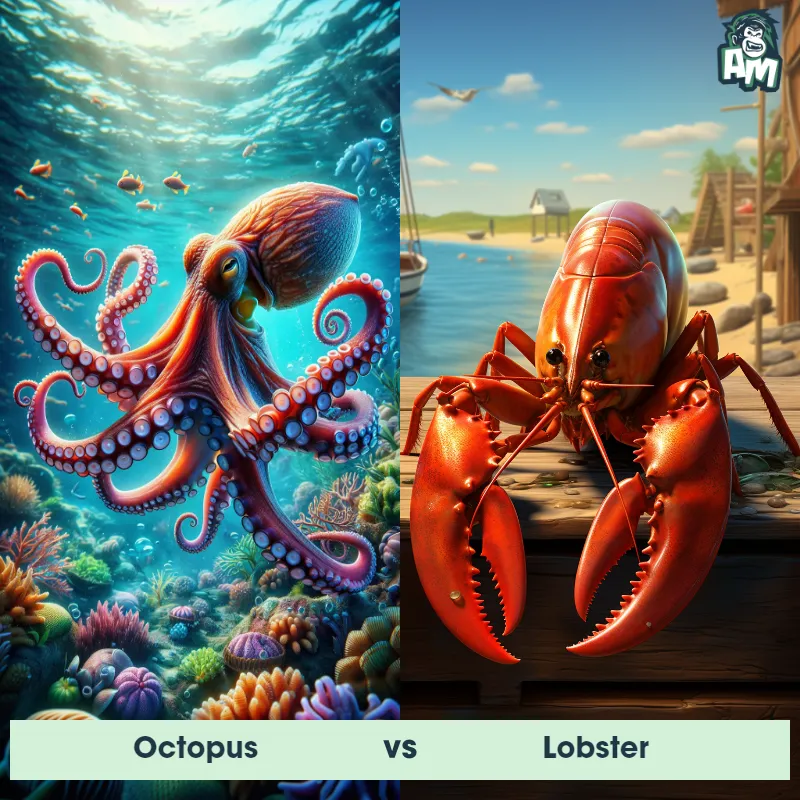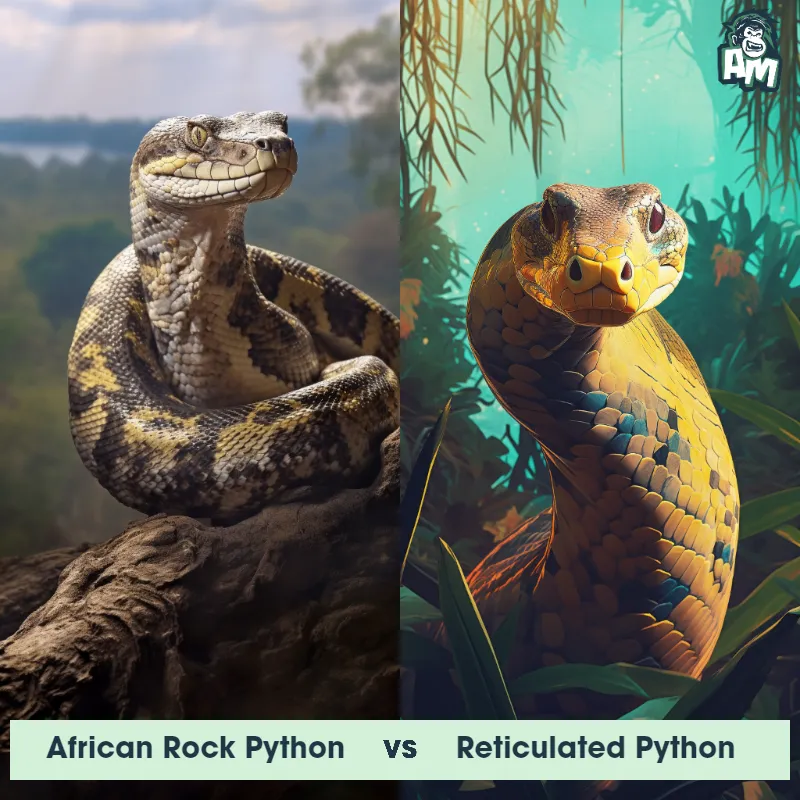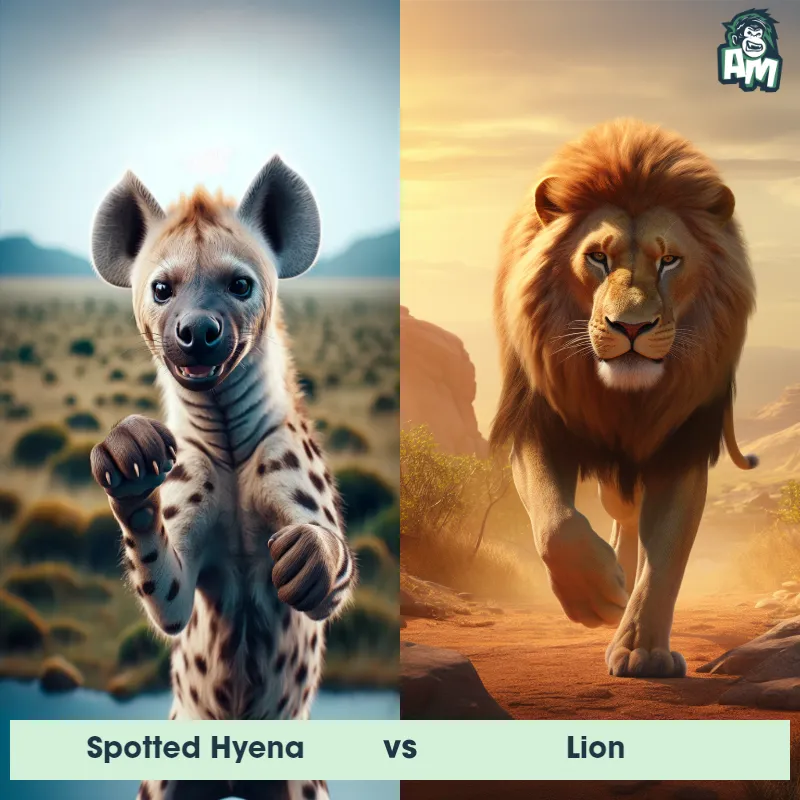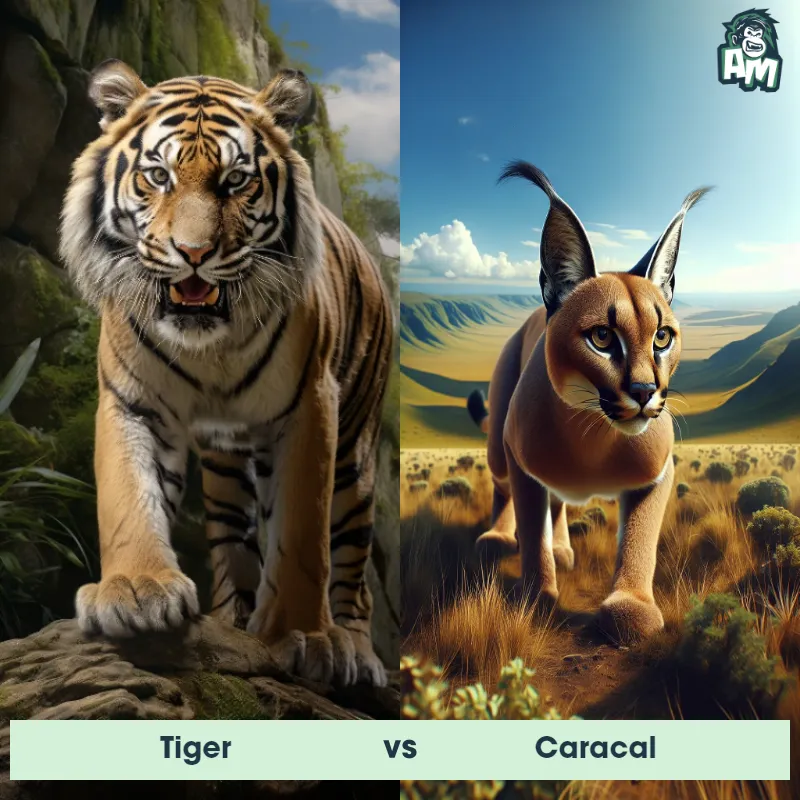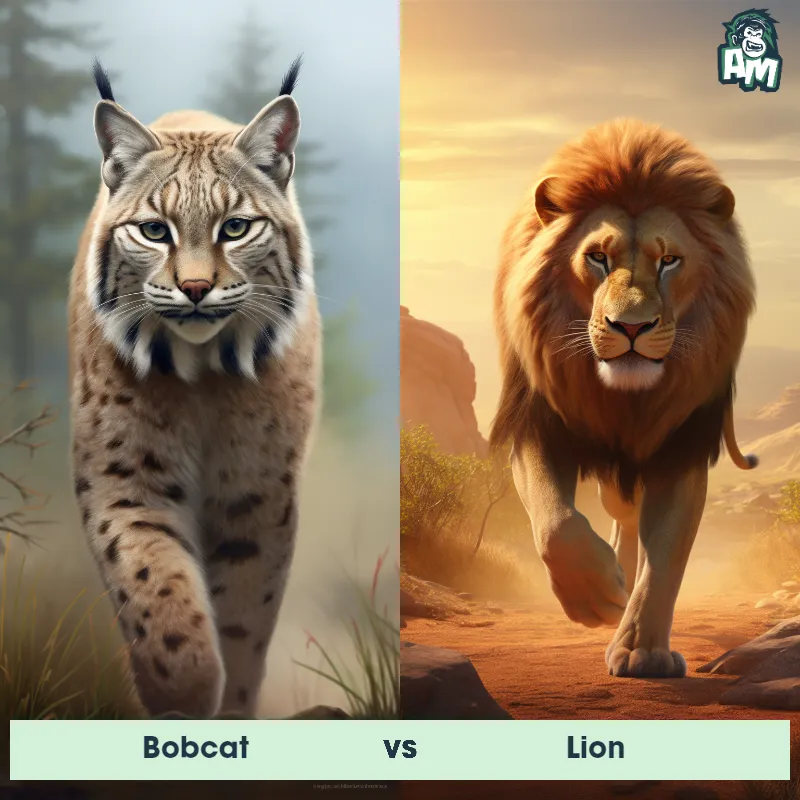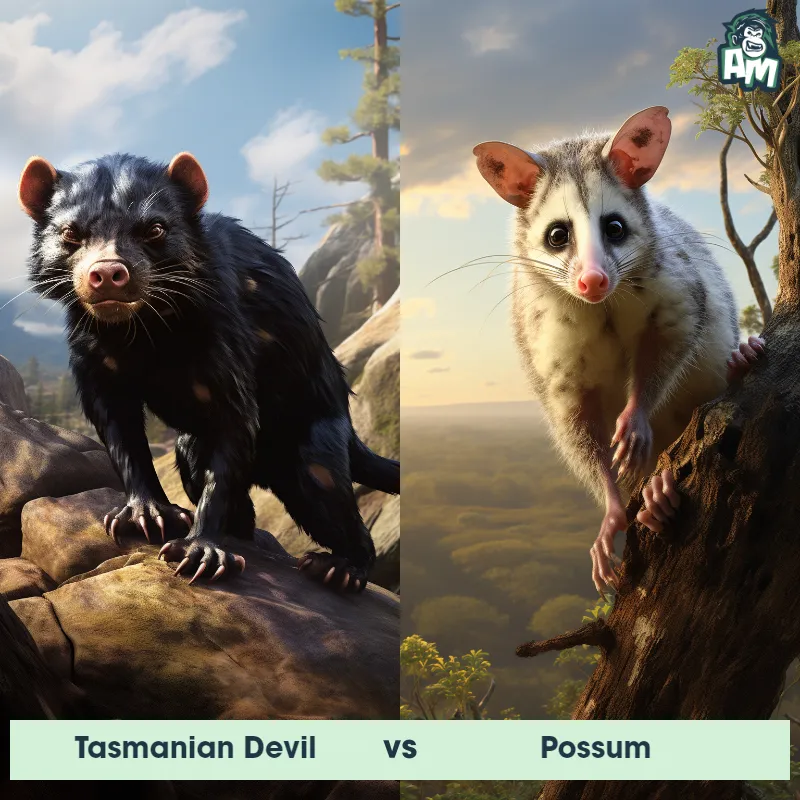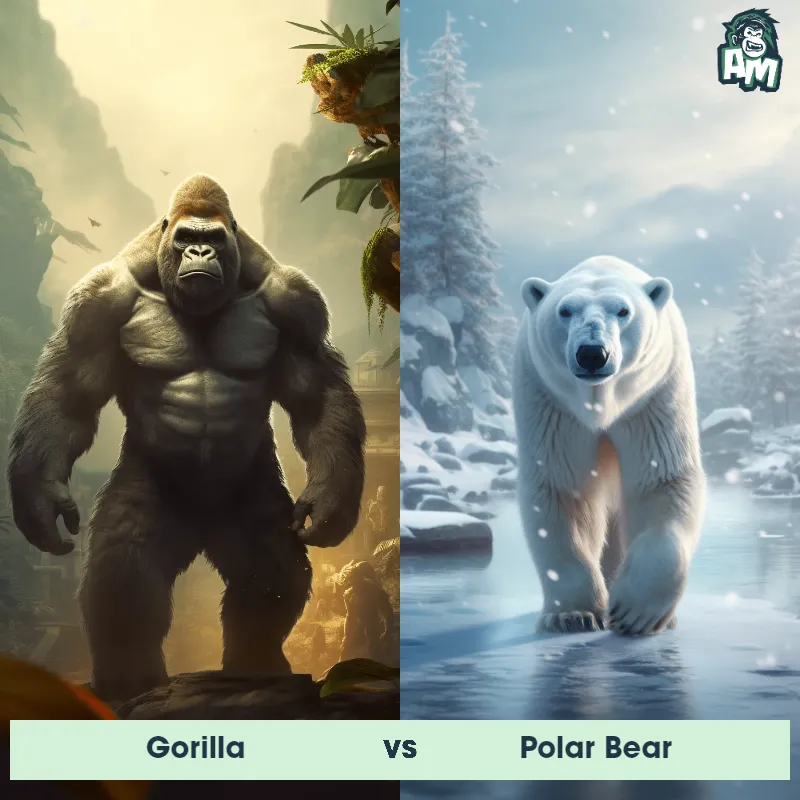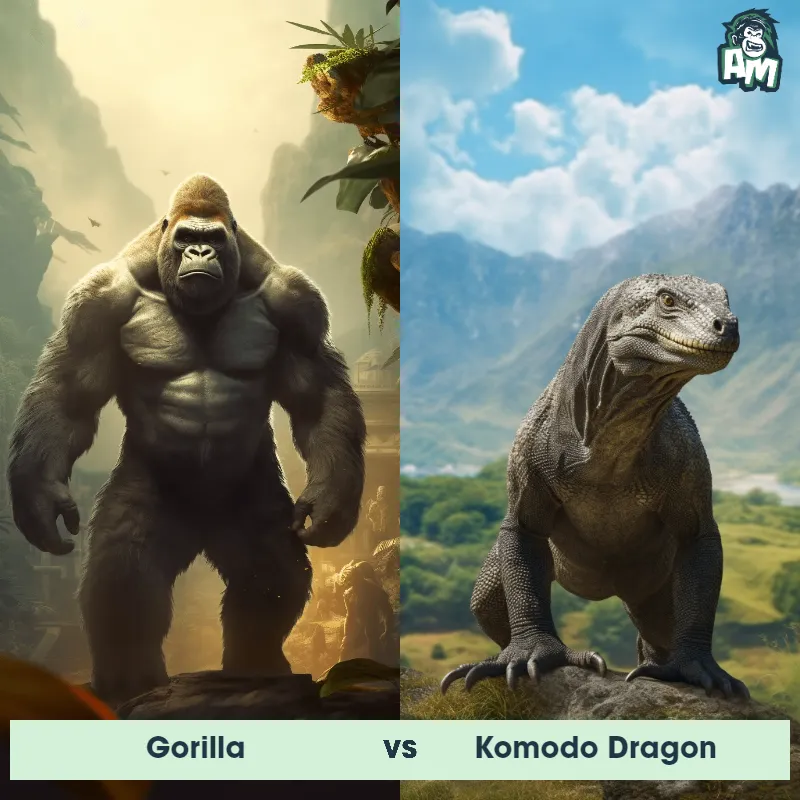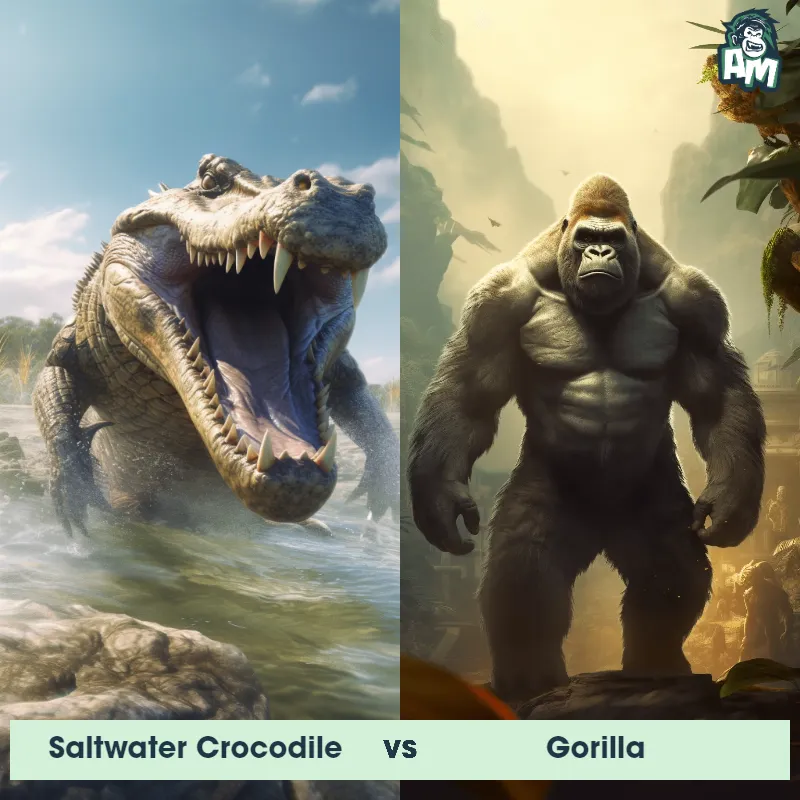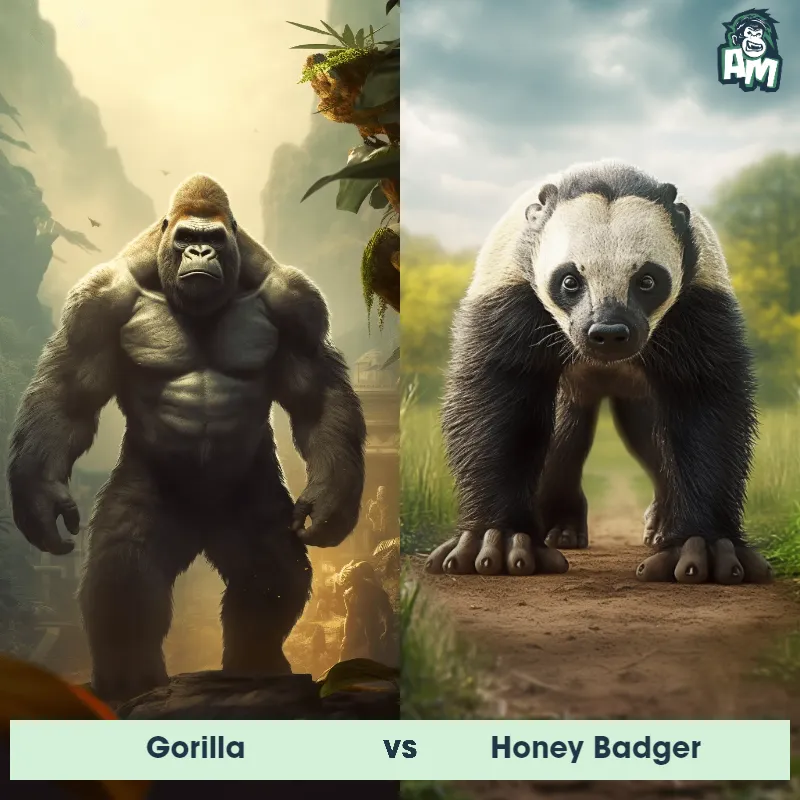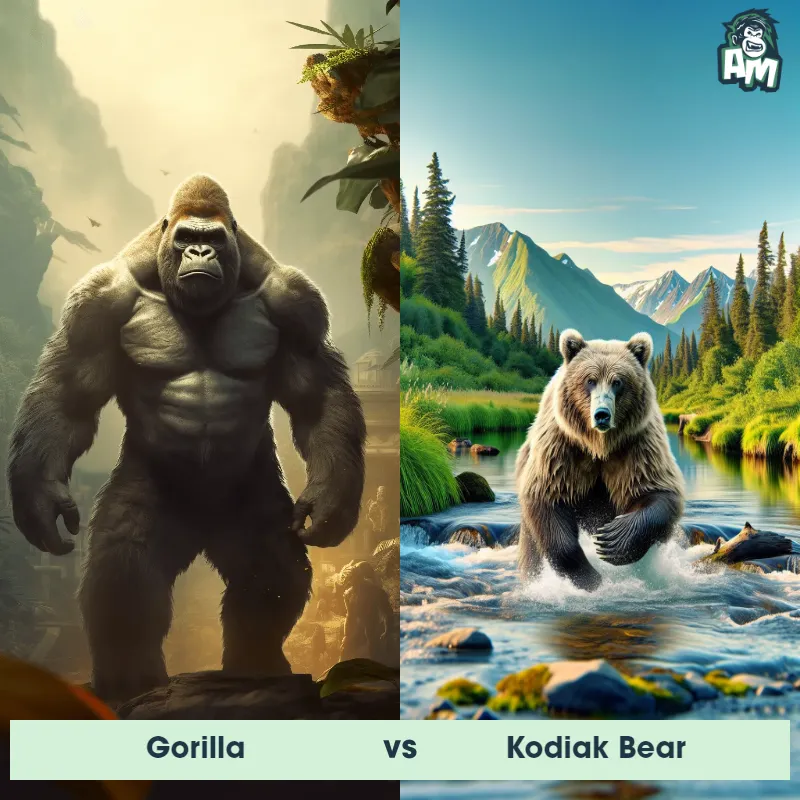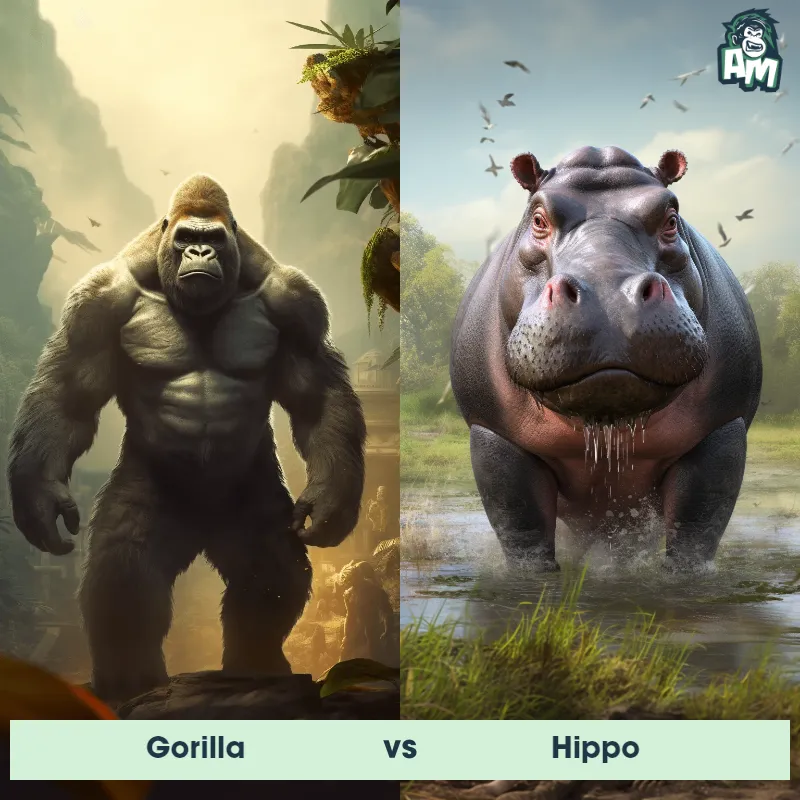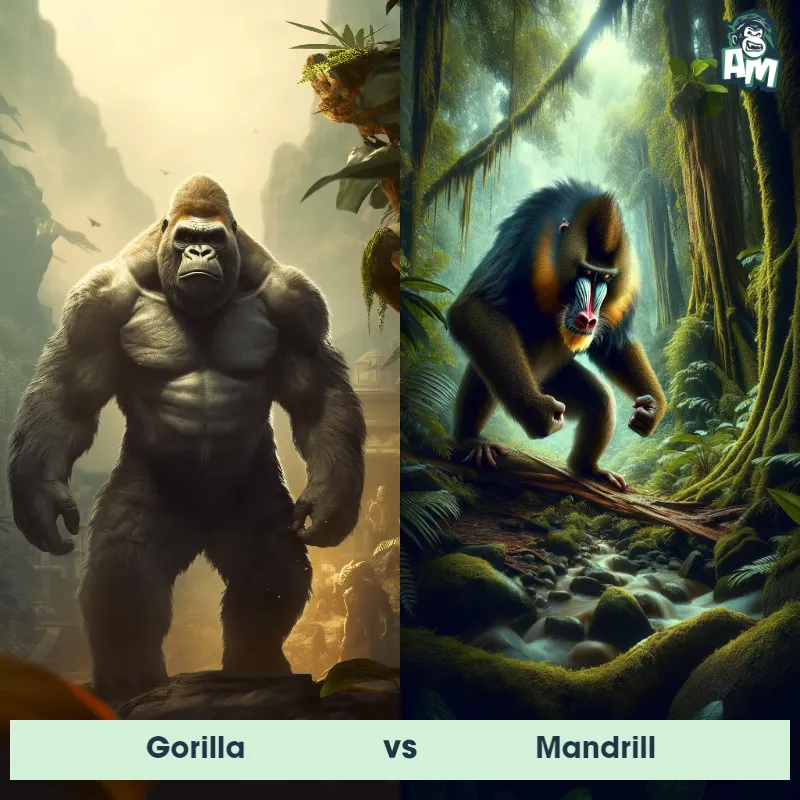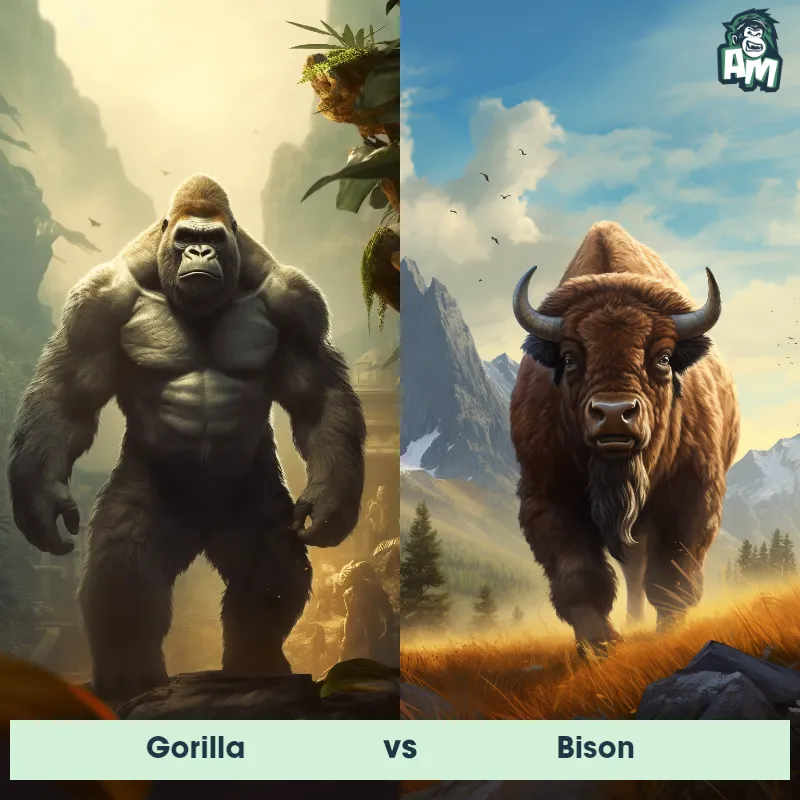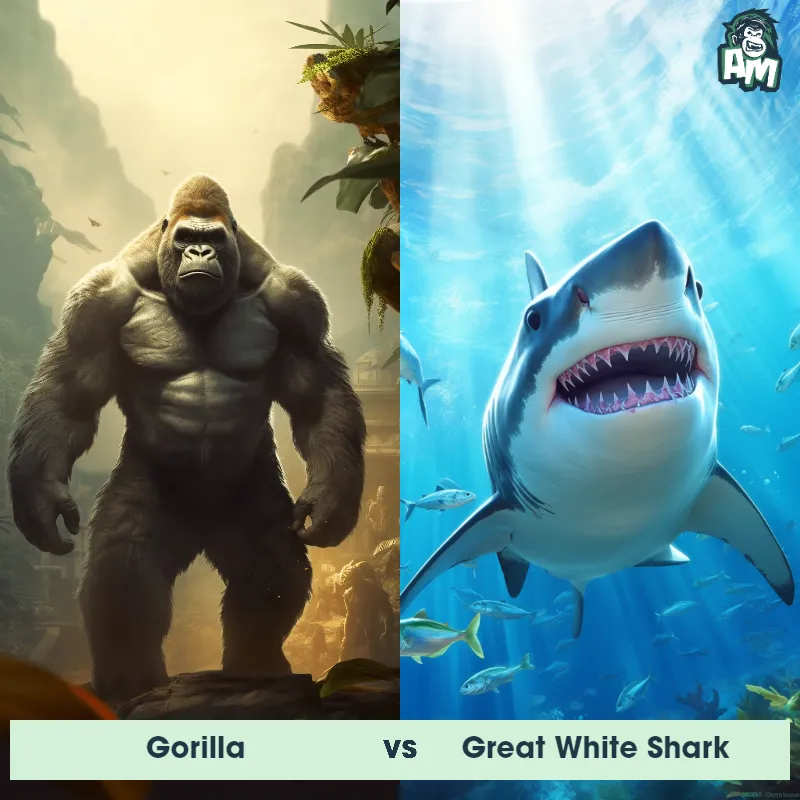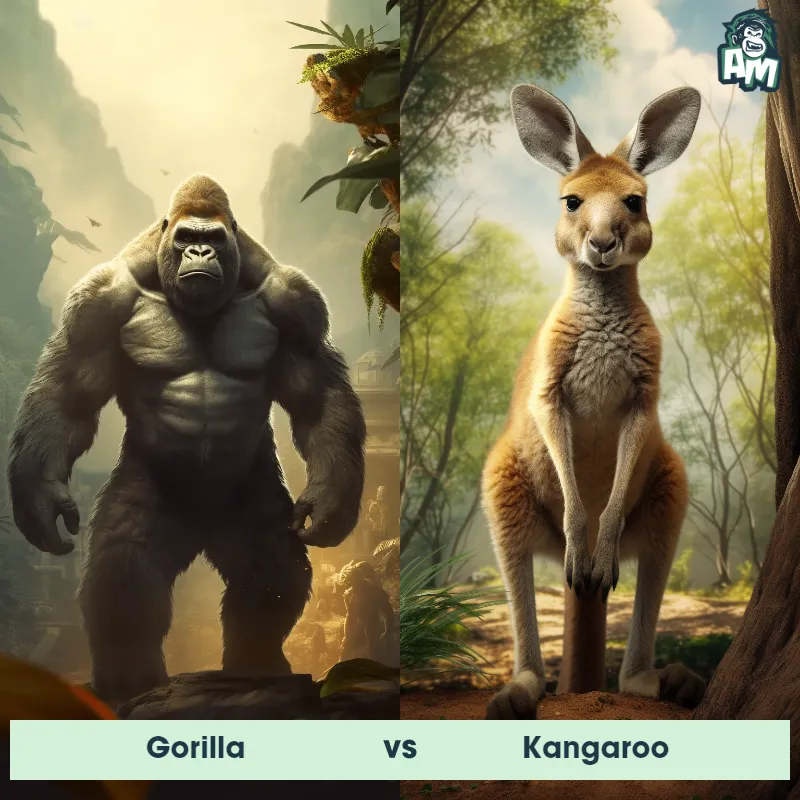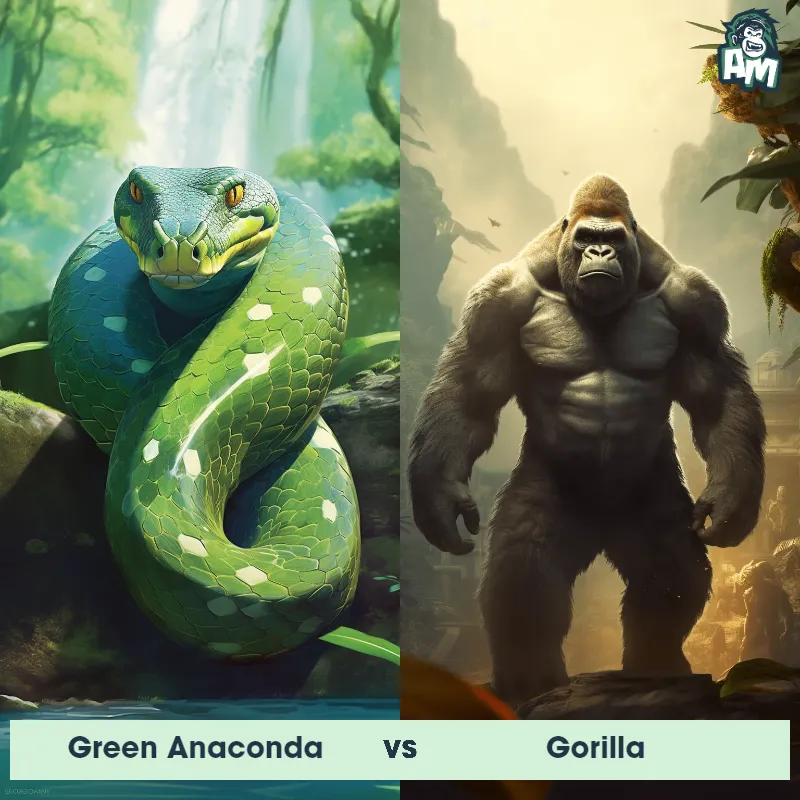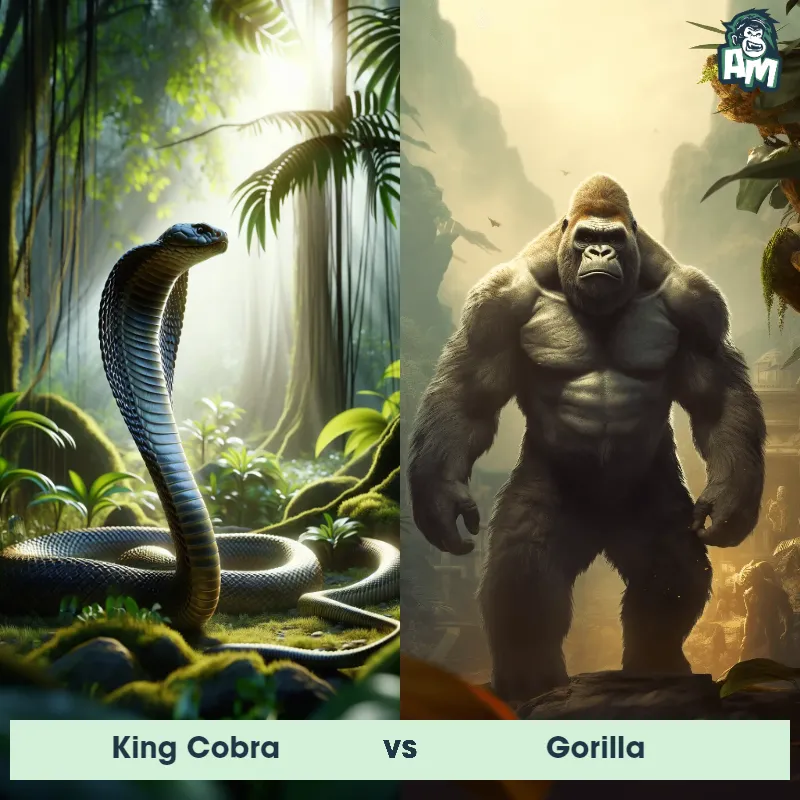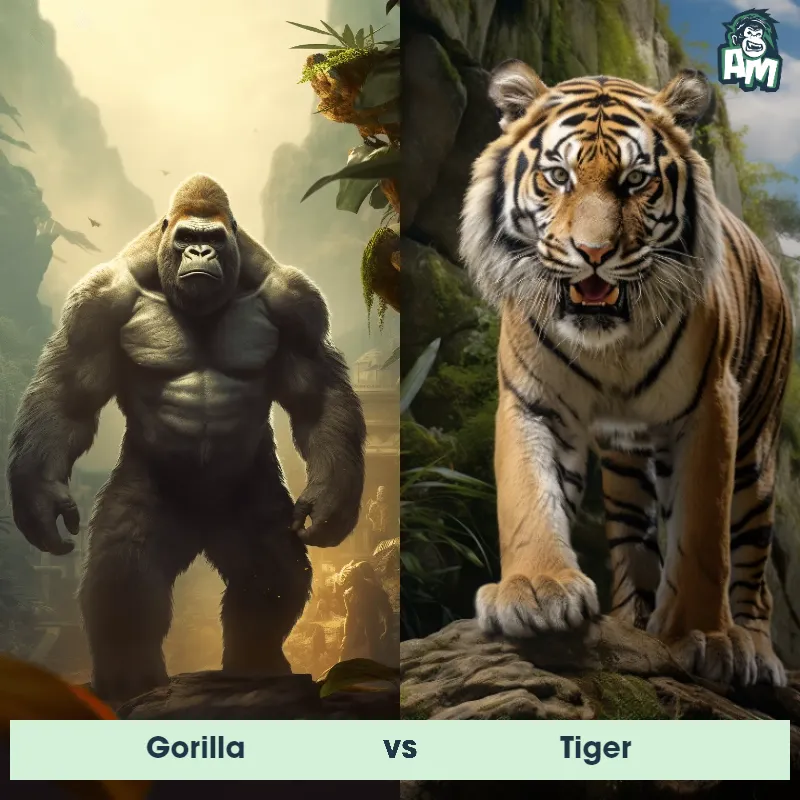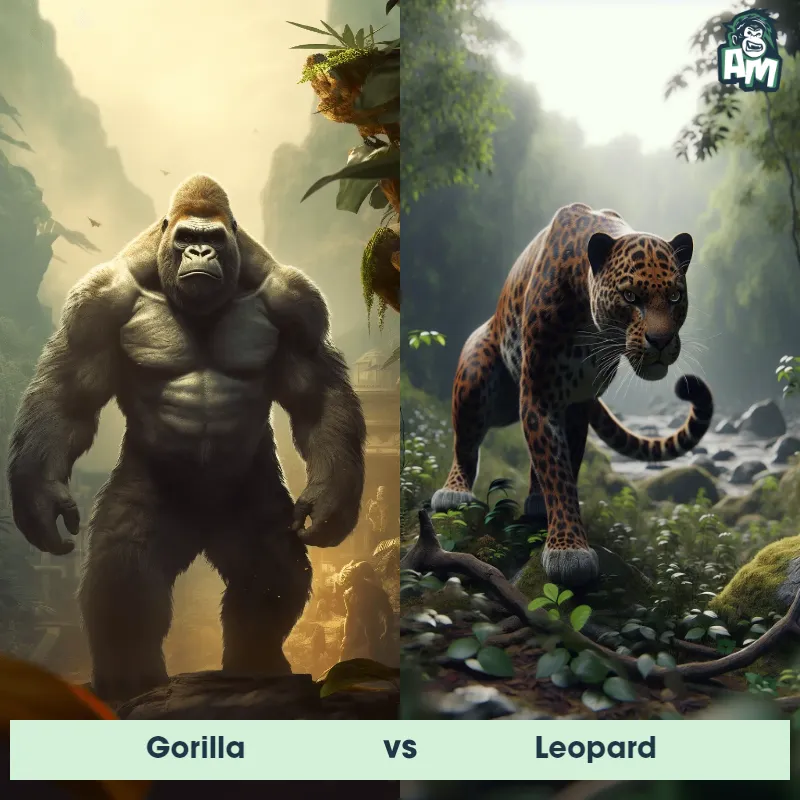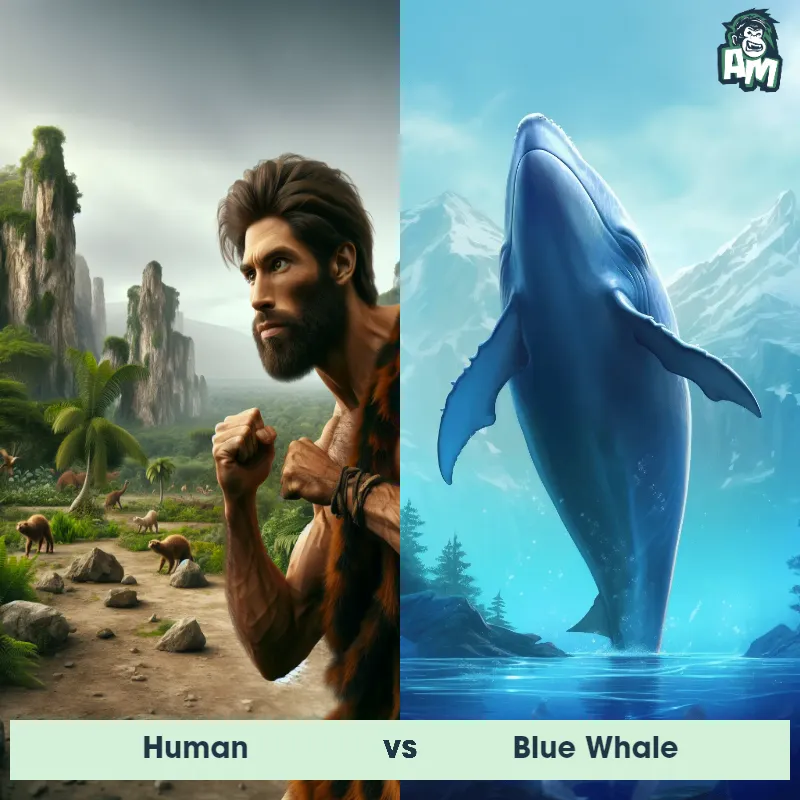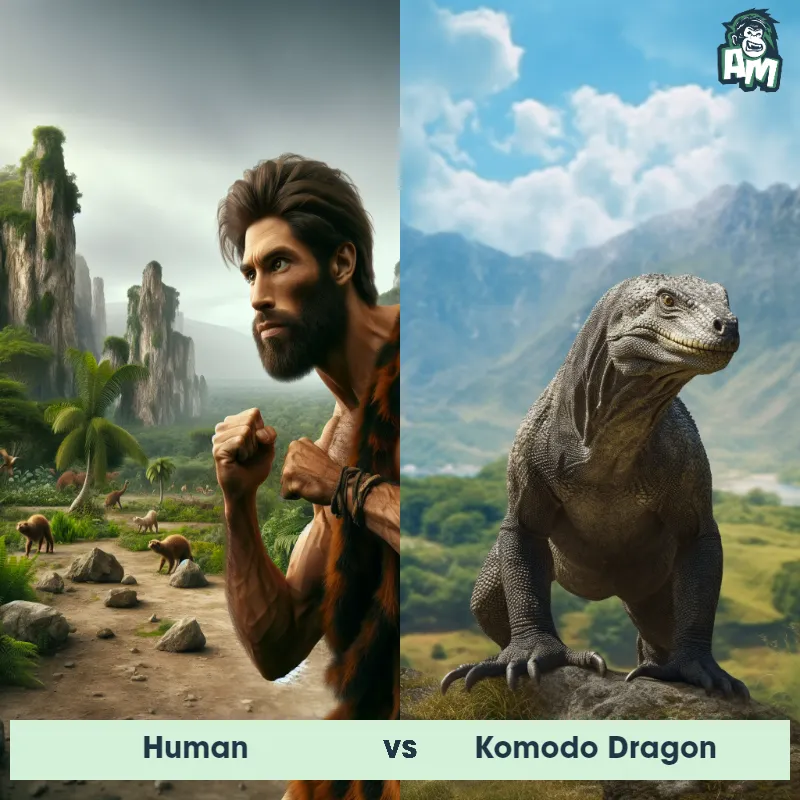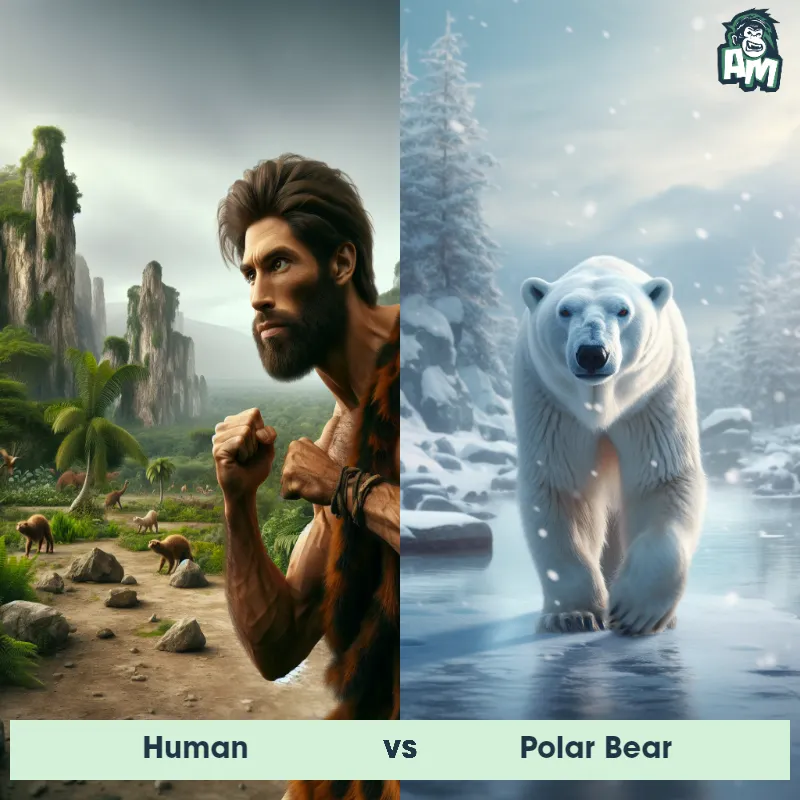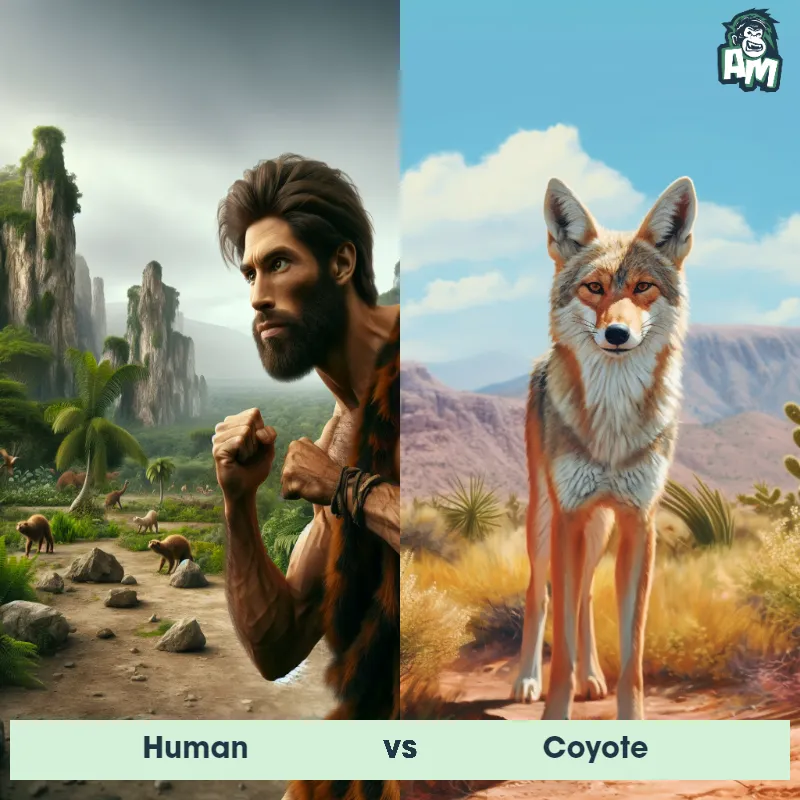Therizinosaurus vs HumanSee Who Wins

In the left corner, towering and menacing with a set of razor-sharp claws, we have the Therizinosaurus, measuring up to 33 feet long! In the right corner, our nimble and daring competitor, the Human, brimming with intelligence and strategy! This epic showdown is about to begin. Get ready for an unforgettable battle!
Contender 1: Therizinosaurus
The Therizinosaurus, also known as the "scythe lizard," was a massive herbivorous dinosaur with a unique appearance. It had a long neck, small head, and huge claws on its forelimbs, which could grow up to three feet in length. Despite its formidable claws, this dinosaur was a peaceful plant-eater, roaming the prehistoric forests.
Fun Fact: Therizinosaurus had some of the longest claws of any dinosaur, measuring up to three feet in length, which were likely used for reaching high vegetation and defense against predators.
Contender 2: Human
The human, Homo sapiens, is a highly intelligent and social primate species. They are characterized by their upright posture, opposable thumbs, and relatively hairless bodies compared to other mammals. Humans have complex brains that enable them to think, reason, and communicate through language. They possess a wide range of physical variations in height, weight, and skin color due to genetic diversity. Humans are known for their adaptability and capacity to use tools, which has allowed them to thrive in a variety of environments across the globe.
![[object Object] Gif](https://tenor.com/view/hungry-caveman-muppetwiki-muppet-wiki-jim-henson-gif-11005515308056547982.gif)
Fun Fact: Humans are the only known species capable of abstract thinking, allowing them to conceptualize ideas and think in terms of concepts that do not have a physical presence.
Matchup Stats
| Therizinosaurus | Human | |
|---|---|---|
| Size | Approximately 33 feet in length (10 meters) | Average height of 5 feet 7 inches (170 cm) |
| Weight | Around 5,000 lbs (2,268 kg) | Average weight of 154 pounds (70 kg) |
| Speed | 15-20 mph (24-32 km/h) | 27.8 mph (44.7 km/h) |
| Key Strength | Formidable claws for defense | Intelligence and ability to strategize |
| Biggest Weakness | Limited mobility and speed | Lack of physical strength compared to some animals |
Current Votes
Therizinosaurus vs Human
See Who Wins
View More Matches
Looking For More?
Similar Matches
Scientific Stats
| Therizinosaurus | Human | |
|---|---|---|
| Scientific Name | Therizinosaurus cheloniformis | Homo sapiens |
| Family | Therizinosauridae | Hominidae |
| Habitat | Terrestrial | Diverse habitats, including forests, grasslands, deserts, and urban areas |
| Geography | Asia (Mongolia) | Found on all continents |
| Diet | Herbivore | Omnivorous, with a preference for cooked food |
| Lifespan | 25 years - 30 years | 70 years - 90 years |
Key Differences between Therizinosaurus and Human
- Skin: Therizinosaurus had scaly or feathered skin, whereas humans have relatively smooth, hair-covered skin.
- Size: Therizinosaurus was much larger, reaching lengths of up to 10 meters compared to an average human height of around 1.7 meters.
- Limbs: Therizinosaurus had long, clawed forelimbs with claws measuring over 1 meter, whereas humans have shorter arms with fingers and nails.
- Head: Therizinosaurus had a small head with a beak-like mouth, while humans have a more proportionally large head with distinct facial features.
- Tail: Therizinosaurus possessed a long, muscular tail, in contrast to humans who lack a tail.
- Posture: Therizinosaurus was bipedal with a hunched stance, while humans stand upright with a straight posture.




